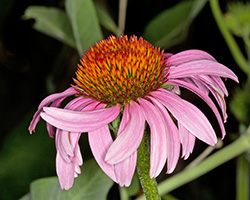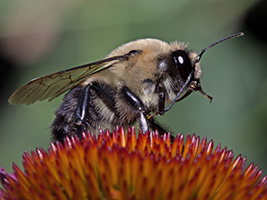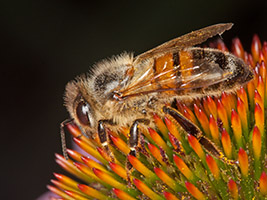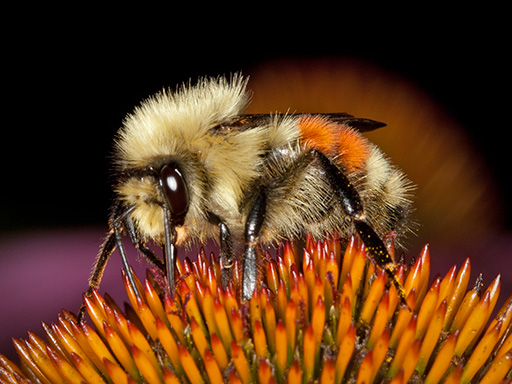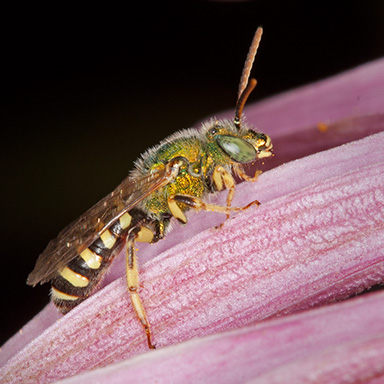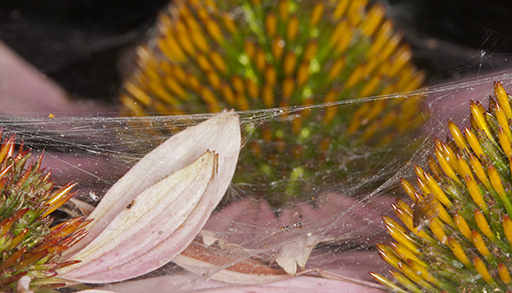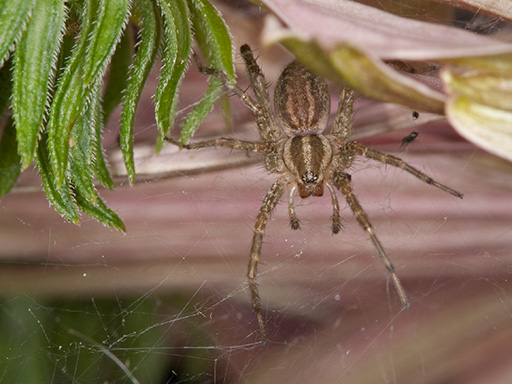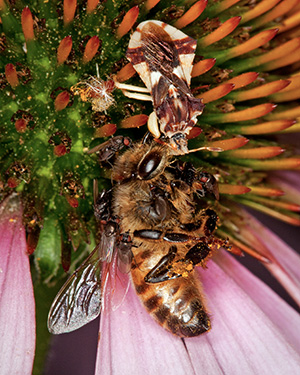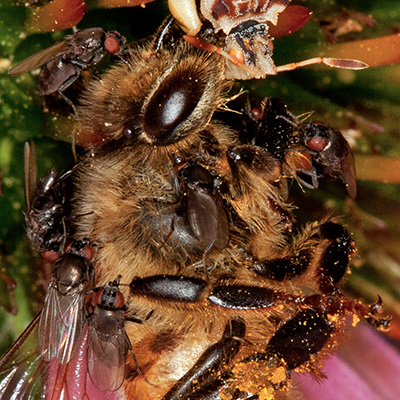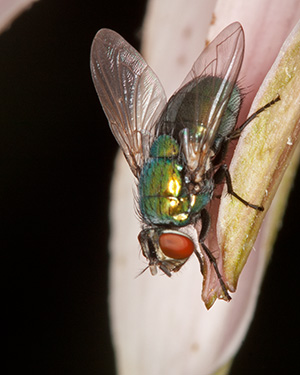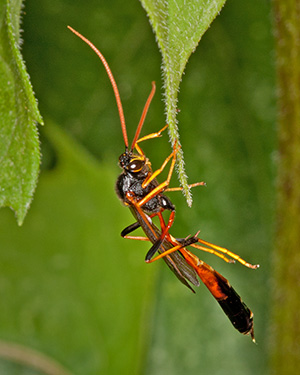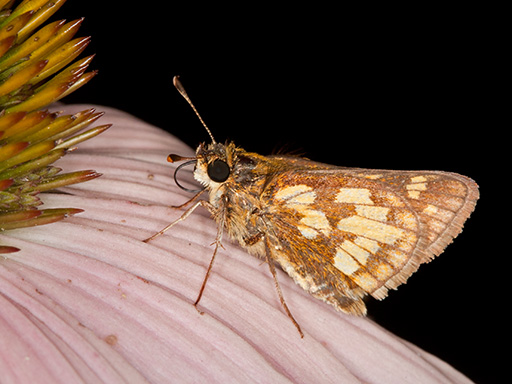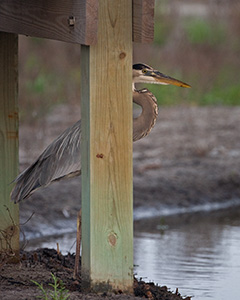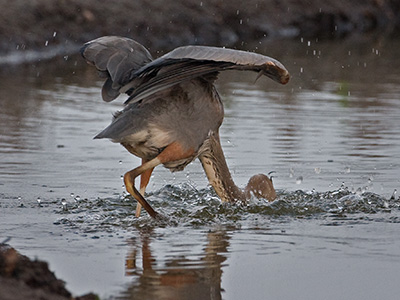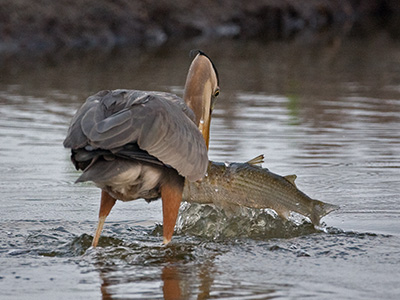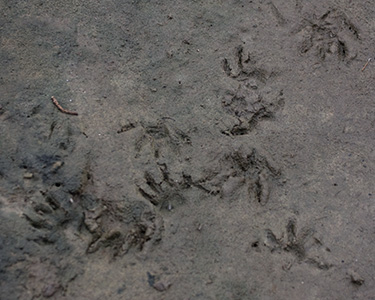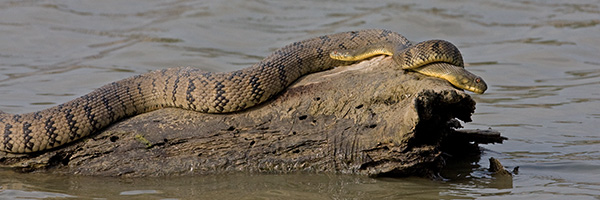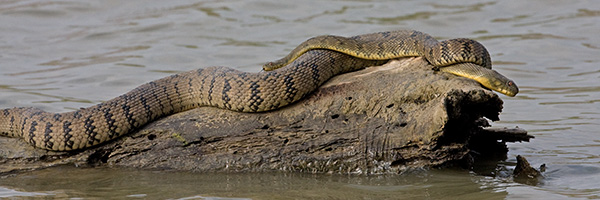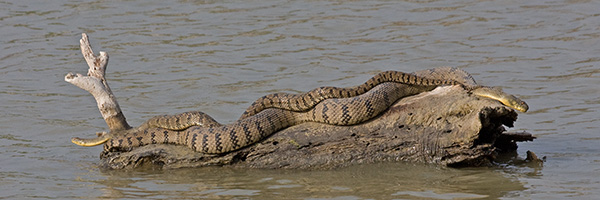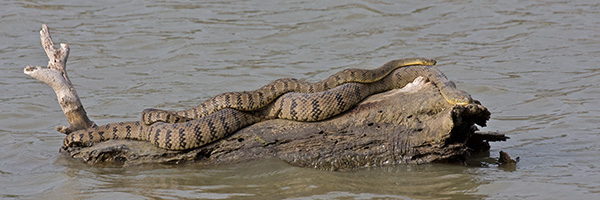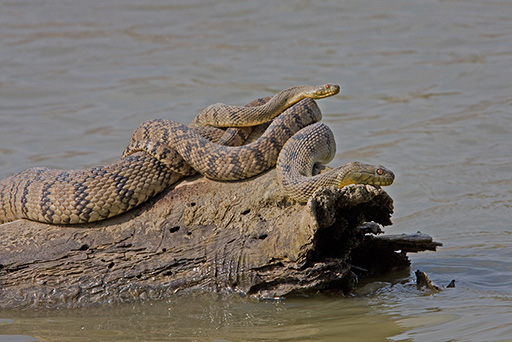Serengeti National Park in Tanzania is famous for its savannas — vast open spaces shared by multitudes of wildlife. It’s also dotted with small rocky hills known as kopjes.
In 2016 I had the pleasure of going to the Serengeti on a safari arranged by Rita Summers. One morning, Fi Rust and I were assigned to Albert Lema’s safari vehicle. With Albert’s skill as a driver and guide, we had a productive morning photographing a variety of wildlife. We were returning to camp for lunch when we came across a lioness lying on the side of one of these kopjes.
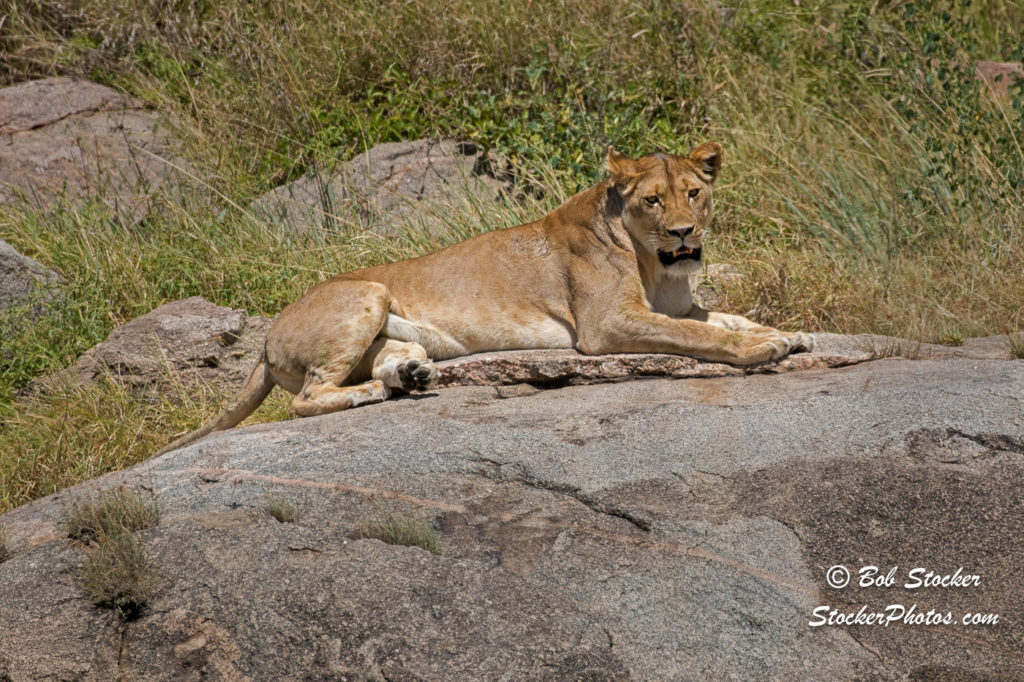
A lioness and lion were on the savanna not far from the kopje. Another lioness not in the photo was lying on the savanna farther away. The lion may have been courting the lioness, but he didn’t seem to be making much progress.
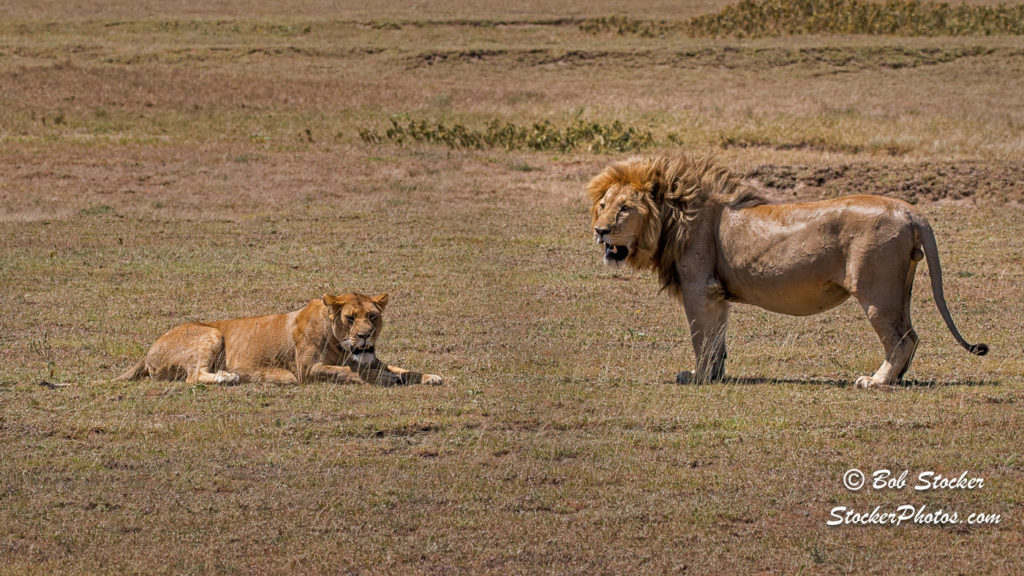
After a while the lioness on the kopje started toward the savanna. We thought something exciting might happen.
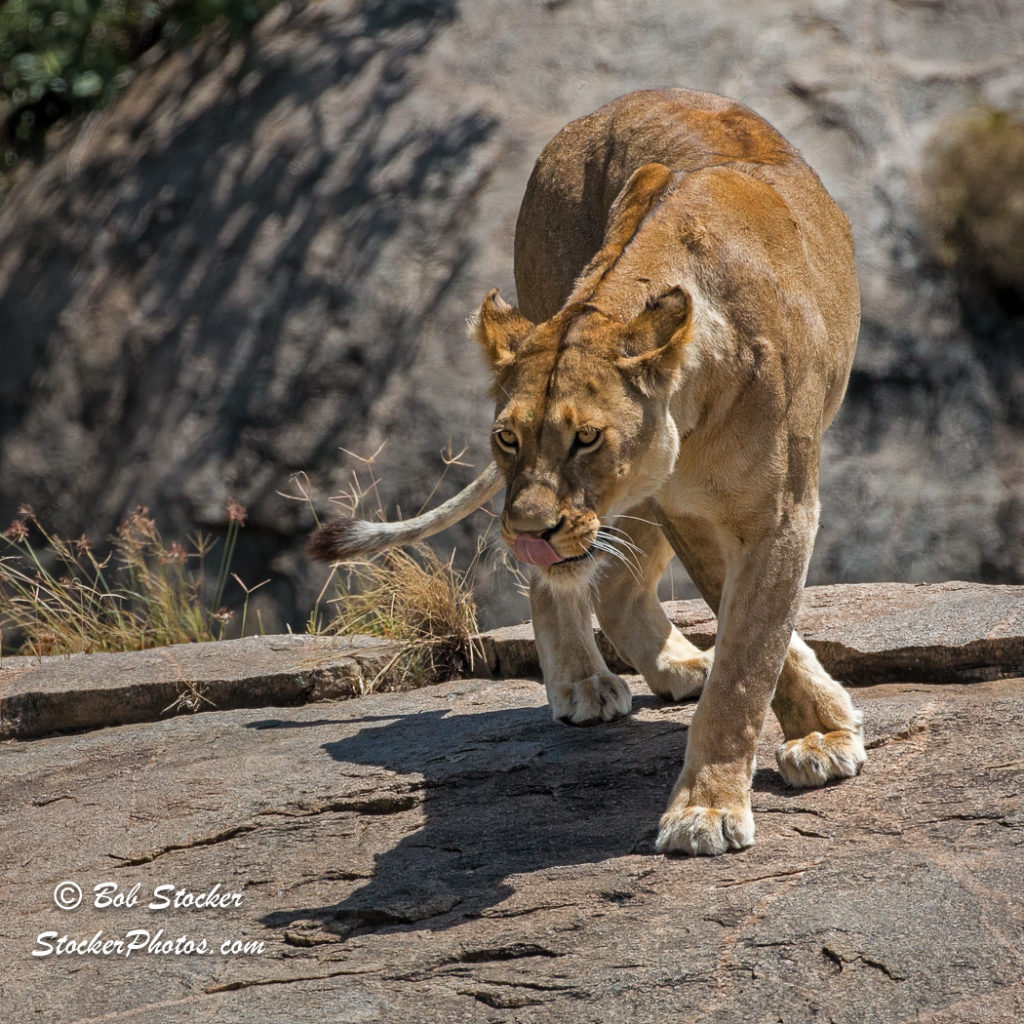
It didn’t. The lioness stopped when she reached the edge of the kopje and seemed to be more interested in taking a nap than in interacting with the lion and lionesses on the savanna.
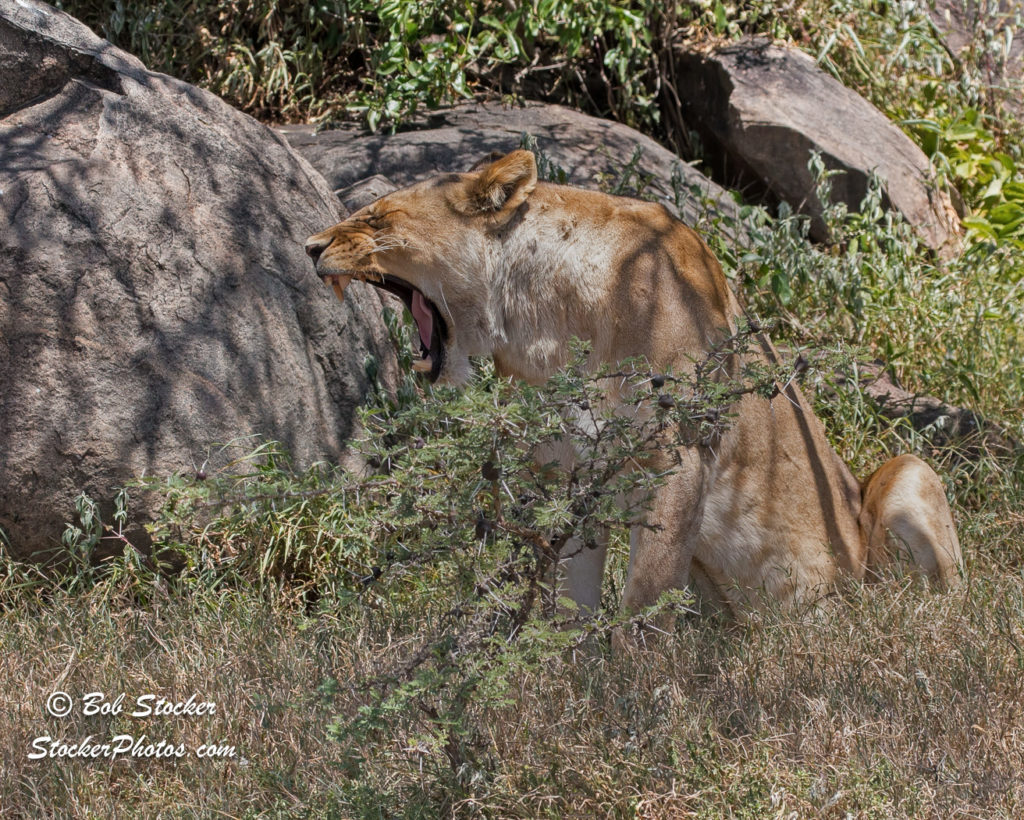
Three quarters of an hour passed without much else happening. It was noon. The sun beat down on our safari vehicle. I was feeling hot, and my stomach was telling me that it was time to get back to camp for lunch. Fi wanted to stay to see if anything interesting happened.
Finally, the lion on the savanna started toward the kopje…
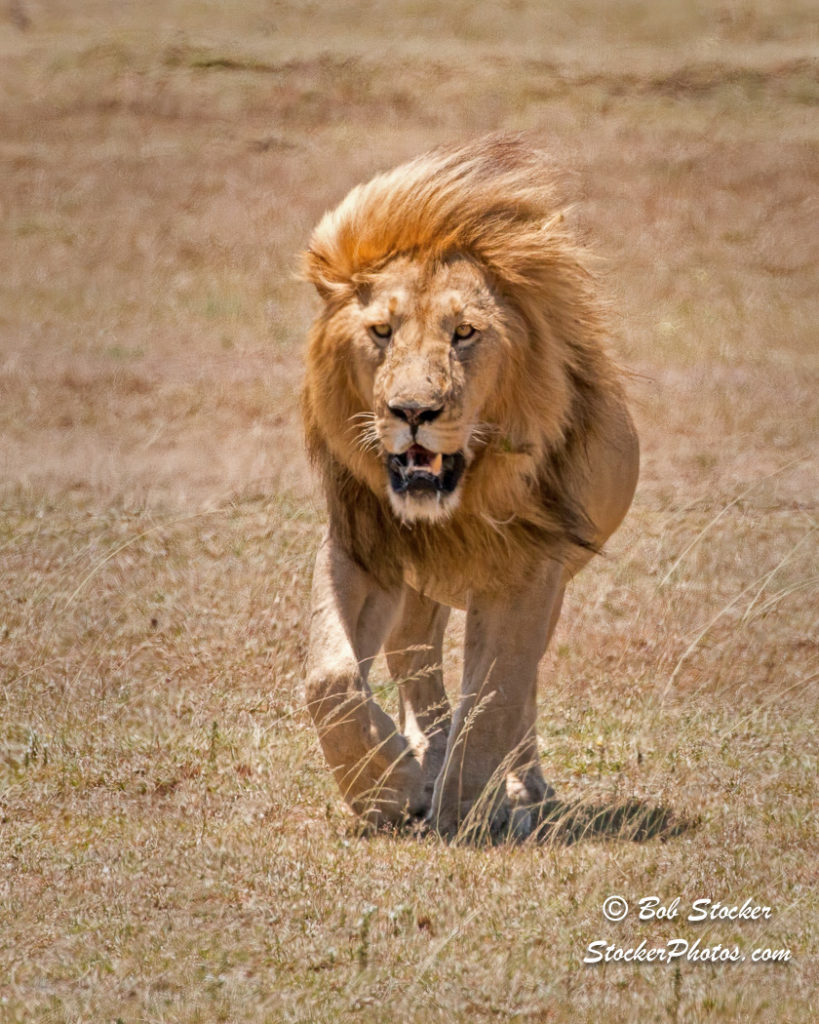
… and stopped to leave his mark. He was likely a fairly old lion. Notice that he’s missing a canine tooth and may have other dental problems.
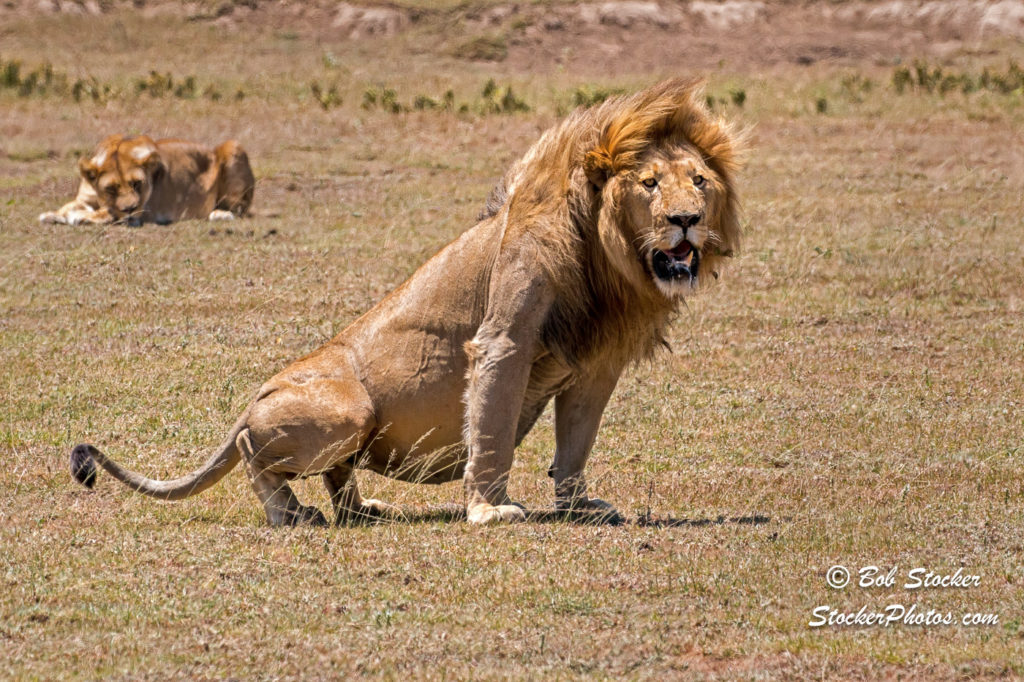
About five minutes latter, all hell broke loose. The lioness that had been lying near the lion attacked him. The lioness that had been on the kopje joined in on the right. The third lioness joined in on the left. The next three photos were taken within 3 seconds of each other.
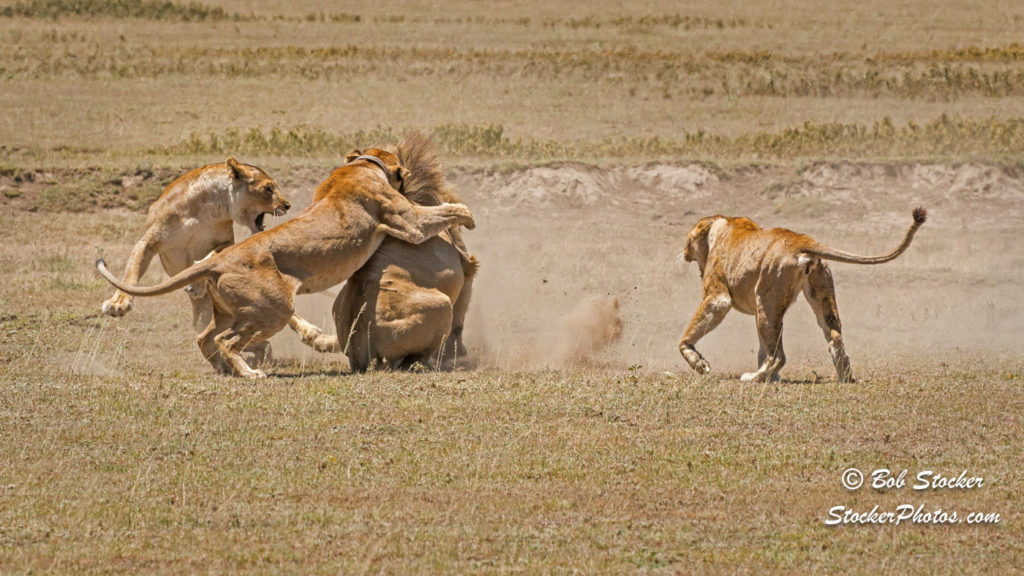
The lion fought back…
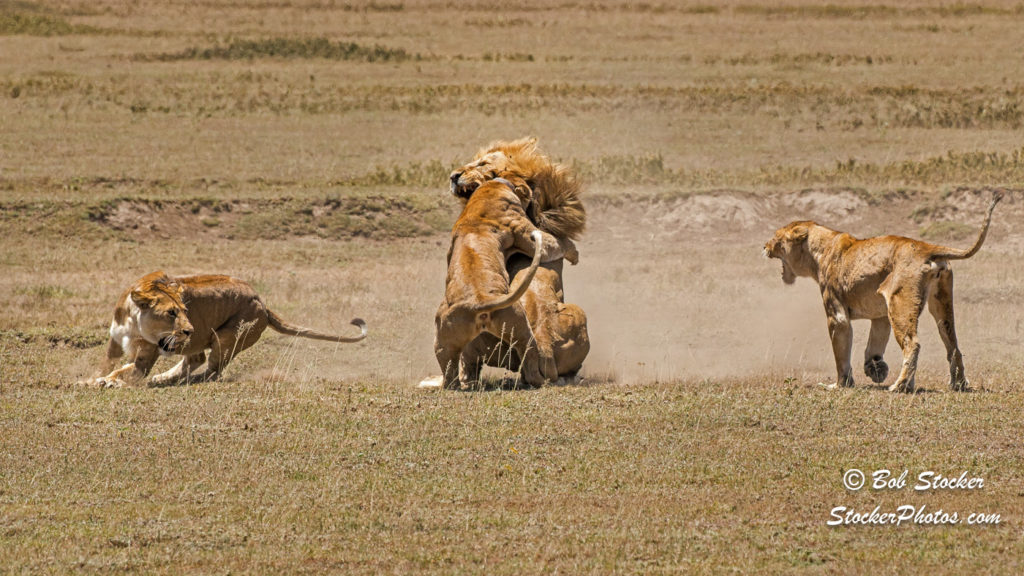
…and managed to break away from the attacking lioness. Five seconds after the next photo was taken, the lion was chasing the lionesses away.
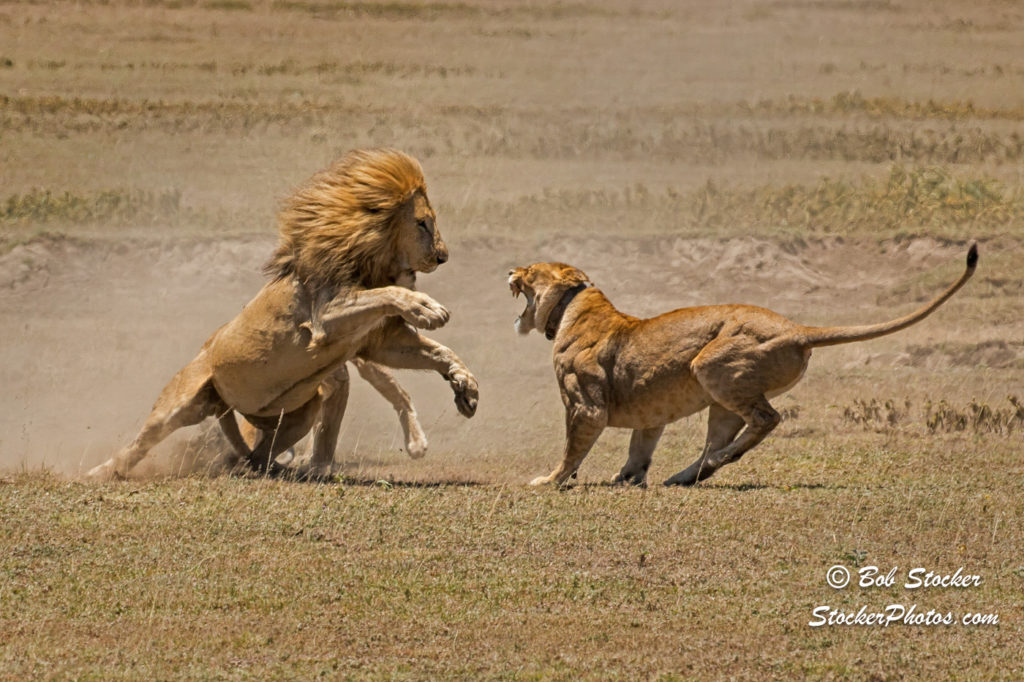
Once his attackers had been chased away, the lion ambled off by himself.
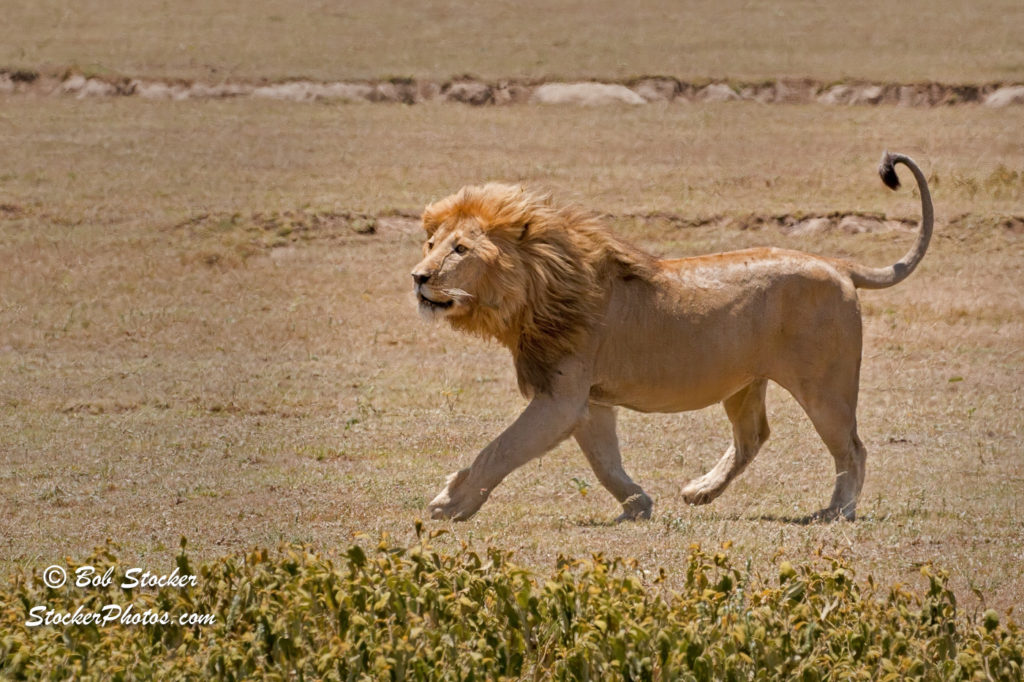
Albert, Fi and I returned to camp for a late lunch.
Copyright © 2023 Robert N. Stocker. All rights are reserved. Please contact us for additional information.

